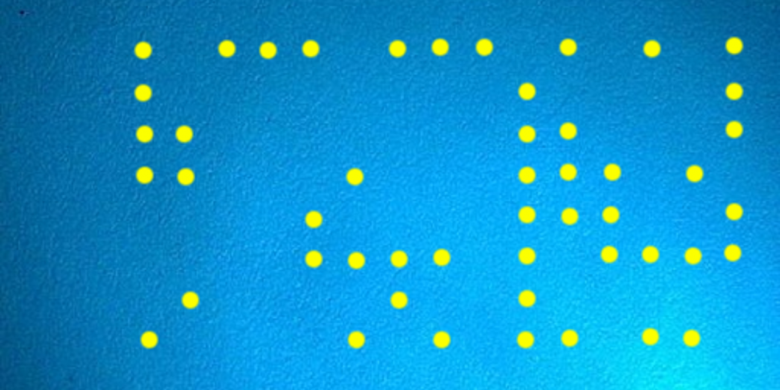Researchers Reveal Details Of Printer Tracking Dots, Develop Free Software To Defeat It
As Techdirt has reported previously in the case of Reality Leigh Winner, most modern color laser printers place tiny yellow tracking dots on every page printed -- what Wikipedia calls "printer steganography". The Electronic Frontier Foundation (EFF) first started warning about this sneaky form of surveillance back in 2005. It published a list of printers and whether it was known that they used tracking dots. In 2017, the EFF stopped updating the list, and wrote:
It appears likely that all recent commercial color laser printers print some kind of forensic tracking codes, not necessarily using yellow dots. This is true whether or not those codes are visible to the eye and whether or not the printer models are listed here. This also includes the printers that are listed here as not producing yellow dots.
Despite the EFF's early work in exposing the practice, there has been limited information available about the various tracking systems. Two German researchers at the Technical University in Dresden, Timo Richter and Stephan Escher, have now greatly extended our knowledge about the yellow dot code (via Netzpolitik.org). As the published paper on the work explains, the researchers looked at 1286 printed pages from 141 printers, produced by 18 different manufacturers. They discovered four different encoding systems, including one that was hitherto unknown. The yellow dots formed grids with 48, 64, 69 or 98 points; using the grid to encode binary data, the hidden information was repeated multiple times across the printed page. In all cases the researchers were able to extract the manufacturer's name, the model's serial number, and for some printers the date and time of printing too.










































































